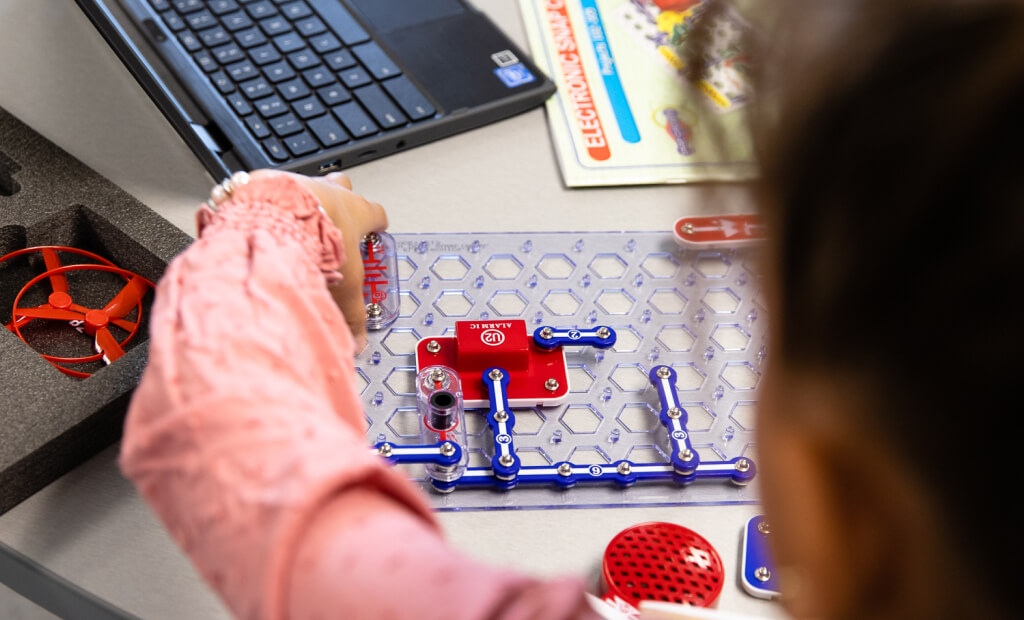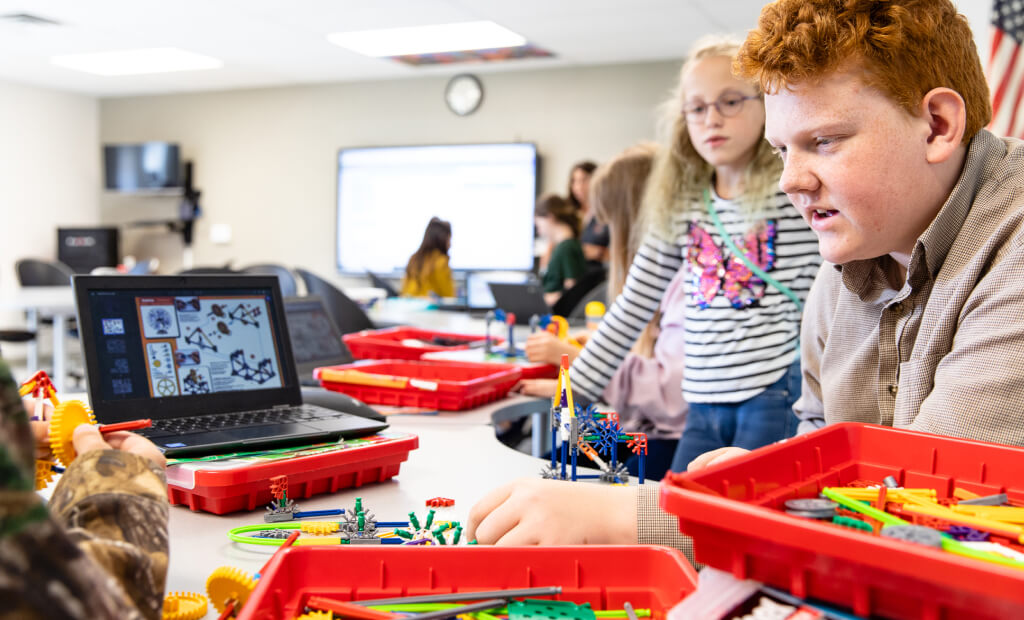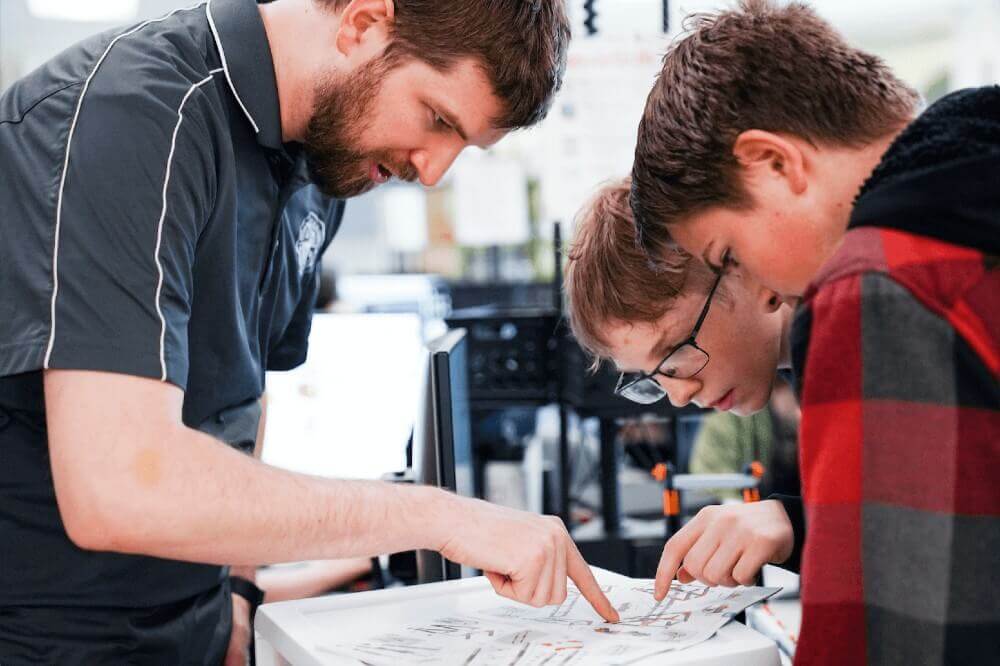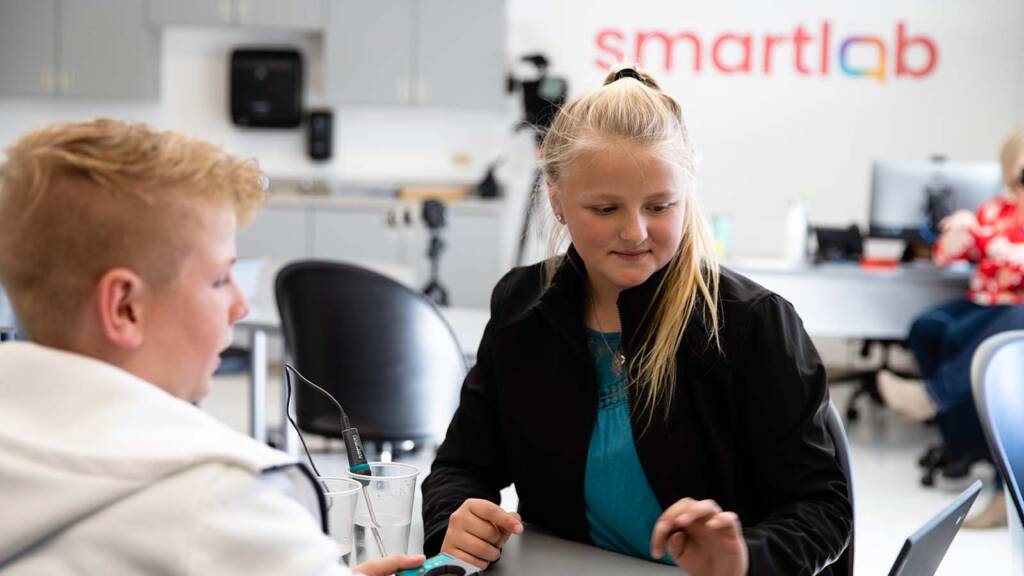How Coding Programs in Middle and Elementary School Prepare Students for the Future
Introduction to Early Coding Education
Many educators have quoted stats like ‘65% of today’s students will work in jobs that don’t exist yet’—a claim often attributed to the U.S. Department of Labor’s 1999 “Future of Work” report, though no formal source confirms it.
Even so, the underlying point remains: the job market is evolving faster than traditional curricula.
In this rapidly evolving digital landscape, coding is quickly becoming one of the most valuable skills a student can learn—and the earlier, the better.
Early exposure to coding isn’t just about job readiness. It builds logical reasoning, fosters curiosity, and introduces students to problem-solving mindsets they can apply across subjects. In an era where digital fluency is as important as literacy or math, it’s no longer a question of if students should learn to code, but when.
Importantly, coding isn’t just for future software developers. Professionals in agriculture use coding to automate irrigation and analyze weather data. Business operations teams rely on simple scripts to streamline workflows. Even artists and designers use code to generate interactive experiences.
Teaching coding early doesn’t narrow students’ paths—it expands them. And the earlier the better: coding programs for middle and elementary school students are just as important as they are for older students. Here’s why.
The Benefits of Coding for Young Students
When students write code, they’re not just memorizing commands—they’re learning how to:
- Break problems into manageable steps
- Experiment and learn from failure
- Collaborate with peers on projects
- Strengthen digital literacy and communication
These interdisciplinary benefits also map directly to skills that support long-term career success, such as learning to think logically, adapting to new tools, and communicating clearly—key elements of workforce readiness that extend far beyond STEM careers.
Coding also amplifies subject learning, reinforcing engagement with the curriculum:
- Math becomes more engaging through pattern generators, algorithms, and geometric drawing tools. Coding introduces iteration, variables, and transformation, making abstract math ideas tangible.
- Science deepens through ecosystem simulations, data collection tools, and simple physics engines. These applications help make the content practical, as they mirror what professionals use in environmental science and engineering.
- Language Arts evolves into interactive storytelling and choose-your-own-path narratives. Coding can also support music composition through sequencing, rhythm programming, algorithmic sound generation, and tools like GarageBand or Tinkercad Circuits, helping students explore the patterns and structures behind music. Students connect story structure with logic and conditions, reinforcing writing clarity and audience awareness.
- Social Studies comes to life when students use data visualization or coded timelines to explore history, economics, and civics.
It’s fascinating that I can tell which kids have been exposed to a SmartLab… They learn differently here—and it carries over into the core classes.
Teachers say students ask better questions and are more likely to look at problems differently. I think it’s because of the journaling the students do every day… Kids say they’re better writers in their ELA classes because I make them write at a high level here.
(Read the full case study from Brandon Valley Intermediate School)
—Matt Mueller, SmartLab Facilitator
Looking for practical ways to integrate these ideas across your curriculum?
Download the Cross-Curricular Coding Implementation Guide for subject-specific lesson frameworks and project rubrics.
Key Coding Skills by Grade Level
Here are some examples of how to introduce coding in ways that are both engaging and age-appropriate—building foundational skills in younger students through hands-on, exploratory learning, and progressing to more structured, technical projects in middle school.
Elementary School Coding Activities
Students begin with foundational computational thinking, engaging with:
- Sequencing and logical order
- Pattern recognition and repetition (loops)
- Conditional statements
- Cause-and-effect logic through visual coding tools like ScratchJr
These concepts are introduced through gamified tools and hands-on projects that promote agency and creative thinking.
Example: In a 3rd-grade math-integrated project, students can code a turtle to draw geometric patterns using looped commands. This directly supports Common Core standards around shape attributes and symmetry.
Middle School Coding Curriculum
By middle school, students transition into deeper technical fluency, engaging with:
- Algorithm design and abstraction
- Modular programming and debugging
- Use of text-based languages like Python or JavaScript
- Real-world projects like game development or data analysis
Students also begin to organize their code into reusable modules—a practice that strengthens their ability to package ideas and apply them across different subjects or problem contexts.
Example: In a 7th-grade science unit, students can code simulations of predator-prey relationships using Scratch. They learn system modeling, variable use, and data interpretation, all while aligning with NGSS standards.

Classroom Transformation: Before and After Coding Integration
Before: Learning is siloed. Math, science, and writing are taught separately. Students often rely on worksheets or textbook exercises with limited connection to the world around them.
After: Students generate interactive data visualizations in social studies, design digital storytelling projects in language arts, and build simulations of weather systems in science.
Coding integration supports career readiness as well. These students’ experiences mirror what professionals do in fields like software development, data science, engineering, digital marketing, UX design, and education. They also develop soft skills that apply across any career path, especially collaboration, documentation, and iteration.
Integrating Coding into the Curriculum with Real Examples
To support this kind of interdisciplinary, engaging approach, we created the Cross-Curricular Coding Implementation Guide. Tools like Scratch and Code.org incorporate game-like elements to engage learners while teaching real coding concepts. These platforms use gamification to scaffold learning, not just to entertain. This free, ungated resource includes:
- Detailed Lesson Frameworks for Language Arts, Science, Math, and Social Studies
- Assessment Rubrics tailored to both coding skills and academic standards
- Planning Templates for both solo teachers and cross-disciplinary teams
- Resource Checklists for student readiness, tech infrastructure, and teacher prep
Download the Cross-Curricular Coding Implementation Guide to bring these tools to your school or classroom.
This resource also supports district leaders by offering adaptable implementation pathways and supporting materials for staff with varying levels of coding experience.
Want to support future-ready instruction? Share the Cross-Curricular Coding Guide with team members leading STEM, curriculum design, or CTE initiatives.
Real-World Application
When coding is integrated into the school day, it becomes a tool for expression, inquiry, and innovation.
- Many of the lesson plans in the Cross-Curricular Coding Implementation Guide are designed to help students connect academic content with purposeful, creative coding experiences. For example, elementary students might build simulations to model plant growth in science class. Middle school students might create interactive data visualizations to support arguments in a social studies project.
These are not isolated projects, but represent a broader pedagogical shift. Coding becomes another medium through which students learn to think, explore, and communicate.
SmartLab’s approach also extends into out-of-school learning through grade-specific enrichment programs, like those offered in Grade 3, Grade 4, and Grade 5.
For early elementary learners, SmartLab uses tools like Osmo Coding Awbie and Code & Go Colby—engaging, hands-on platforms that mirror the benefits of tools like Bitsbox and LightBot. These hands-on tools help reinforce sequencing, logic, and cause-effect relationships through active play and creative exploration. These experiences are aligned with national standards and explore creative coding through robotics, invention, and even AI.
Preparing Students for a Digital Future
Coding develops persistence, problem-solving, and adaptability. These are the same skills students need whether they become software engineers, architects, designers, or simply navigate the technology-driven demands of modern life.
By introducing coding in elementary and middle school, schools empower students to:
- Build digital literacy early
- Connect abstract thinking to real outcomes
- Take ownership of their learning
The future isn’t just about consuming technology—it’s about shaping it. When students code early, they build the confidence, creativity, and critical thinking that power success in any subject—and any career path.
Schools don’t need to start from scratch. The tools already exist to help you begin.
Download the Cross-Curricular Coding Guide to take the next step toward integrated, future-ready learning.
Frequently Asked Questions About Cross-Curricular Coding
How much teacher preparation is required?
Most teachers can start with just 2–3 hours of planning using the included templates. The guide breaks down implementation into manageable phases.
What if our teachers don’t know how to code?
No problem. The guide uses a facilitator model, encouraging teachers to learn alongside students and leverage scaffolded lessons and peer support.
Can we do this without 1:1 devices?
Yes. Many activities use unplugged approaches, station rotations, or low-device models. The guide includes strategies for technology-limited environments.
Does this improve standardized test performance?
Schools have reported increased problem-solving and critical thinking, which often translates into stronger math and reading comprehension. In North Dakota, educators noted academic growth alongside SmartLab HQ adoption.
How do schools fund these initiatives?
While funding options aren’t detailed in the implementation guide itself, SmartLab offers a separate resource outlining potential grants, partnerships, and funding strategies. You can explore those ideas in our dedicated Funding Guide.
How does this support leadership priorities?
The guide aligns with district goals around technology integration, equity, and future-readiness. It also includes frameworks that can be shared with direct reports leading instruction, STEM initiatives, or CTE efforts.
💡 Bonus Resource
Looking for ways to align this with broader district goals? Download the SmartLab guide Best Practices for Aligning Technology with Curriculum to see how schools are building cohesive, future-ready tech strategies.




